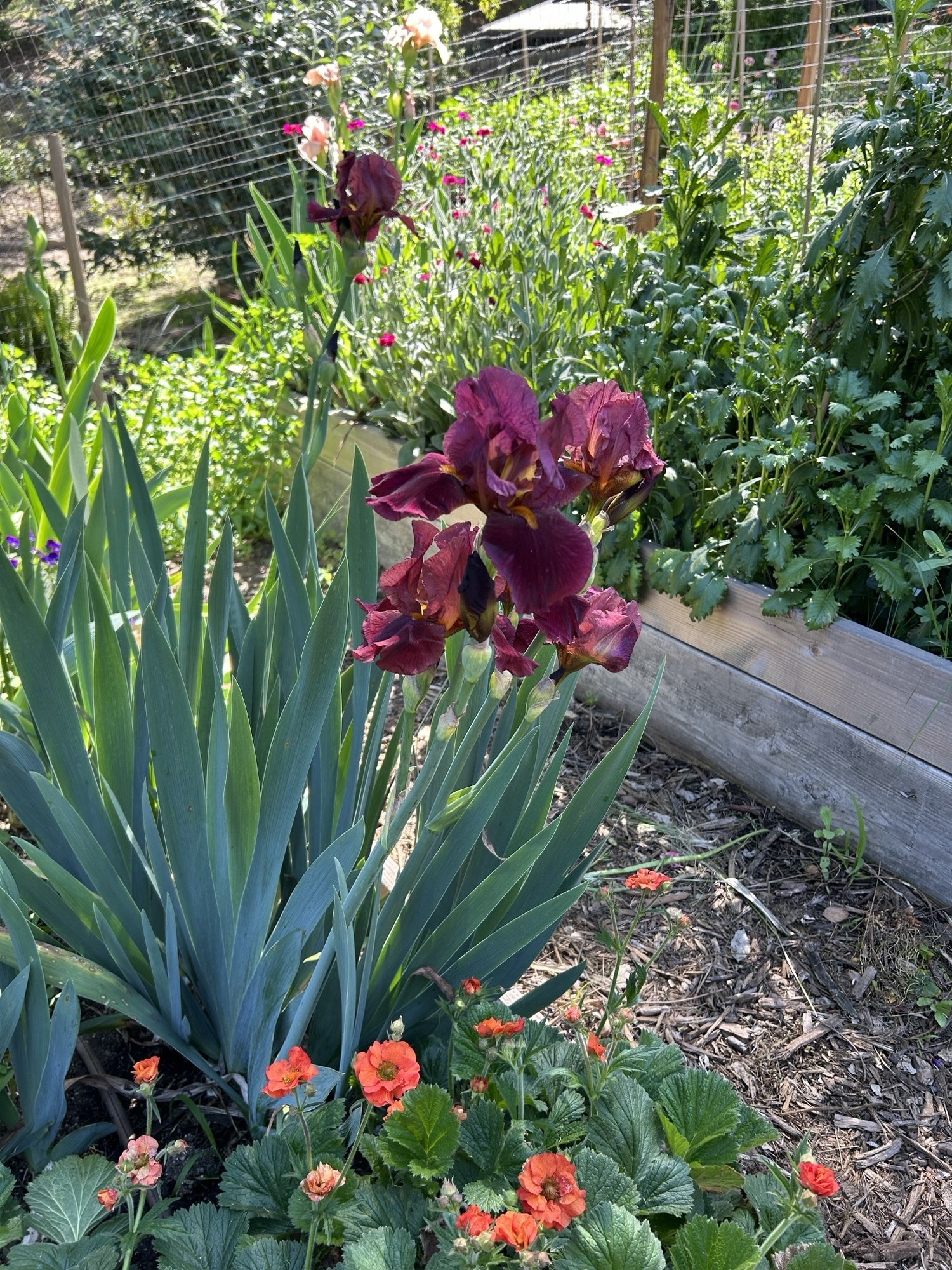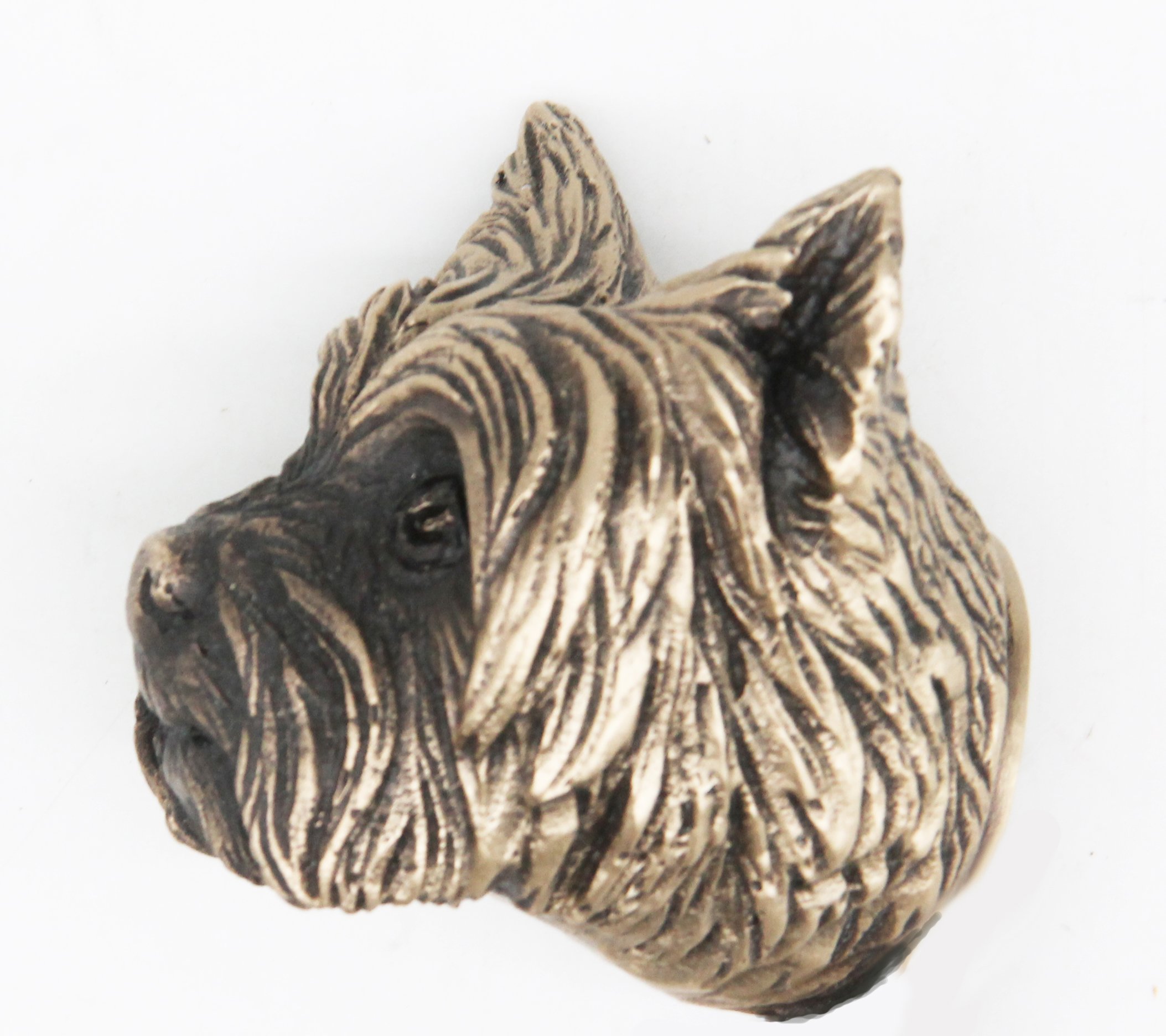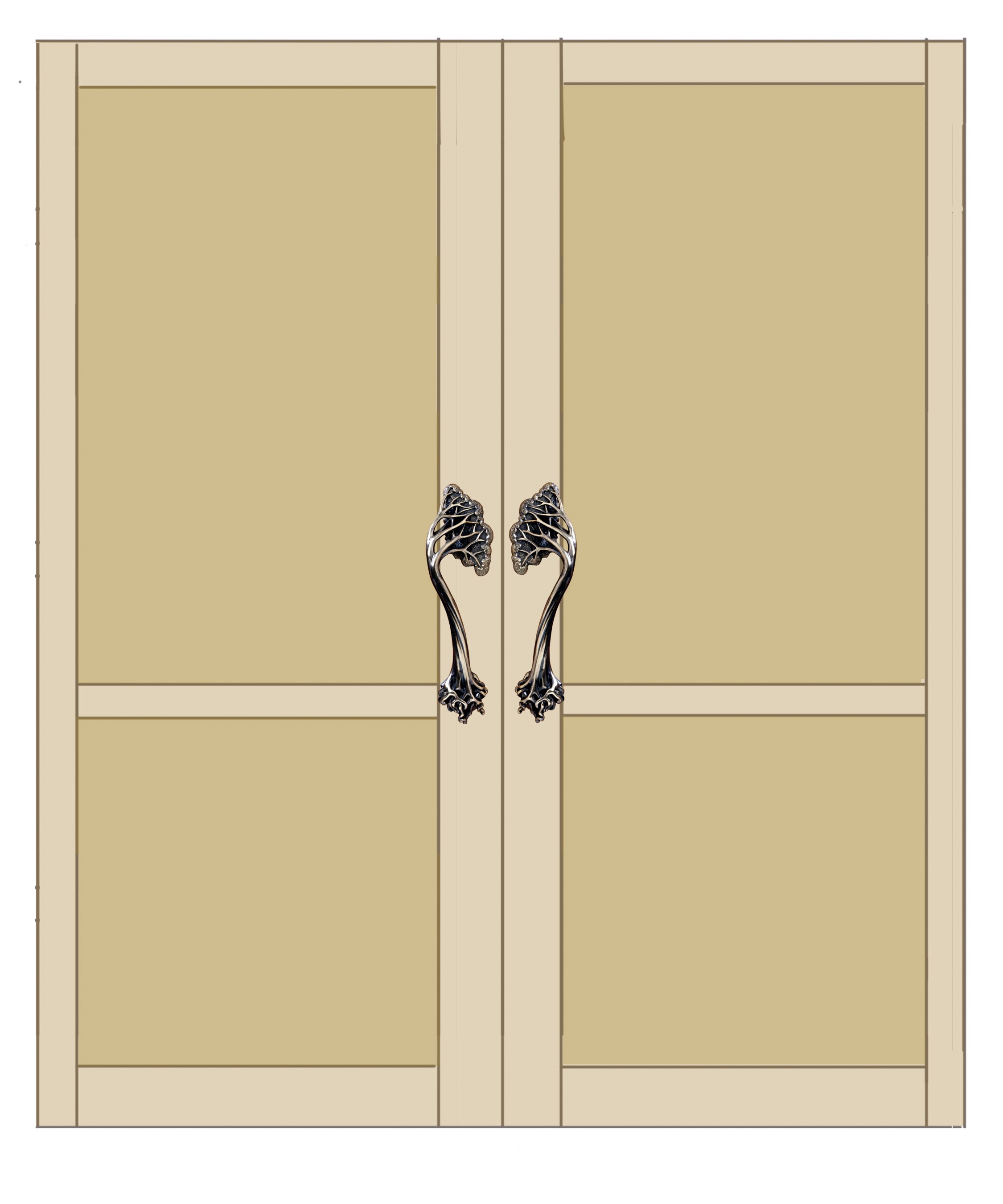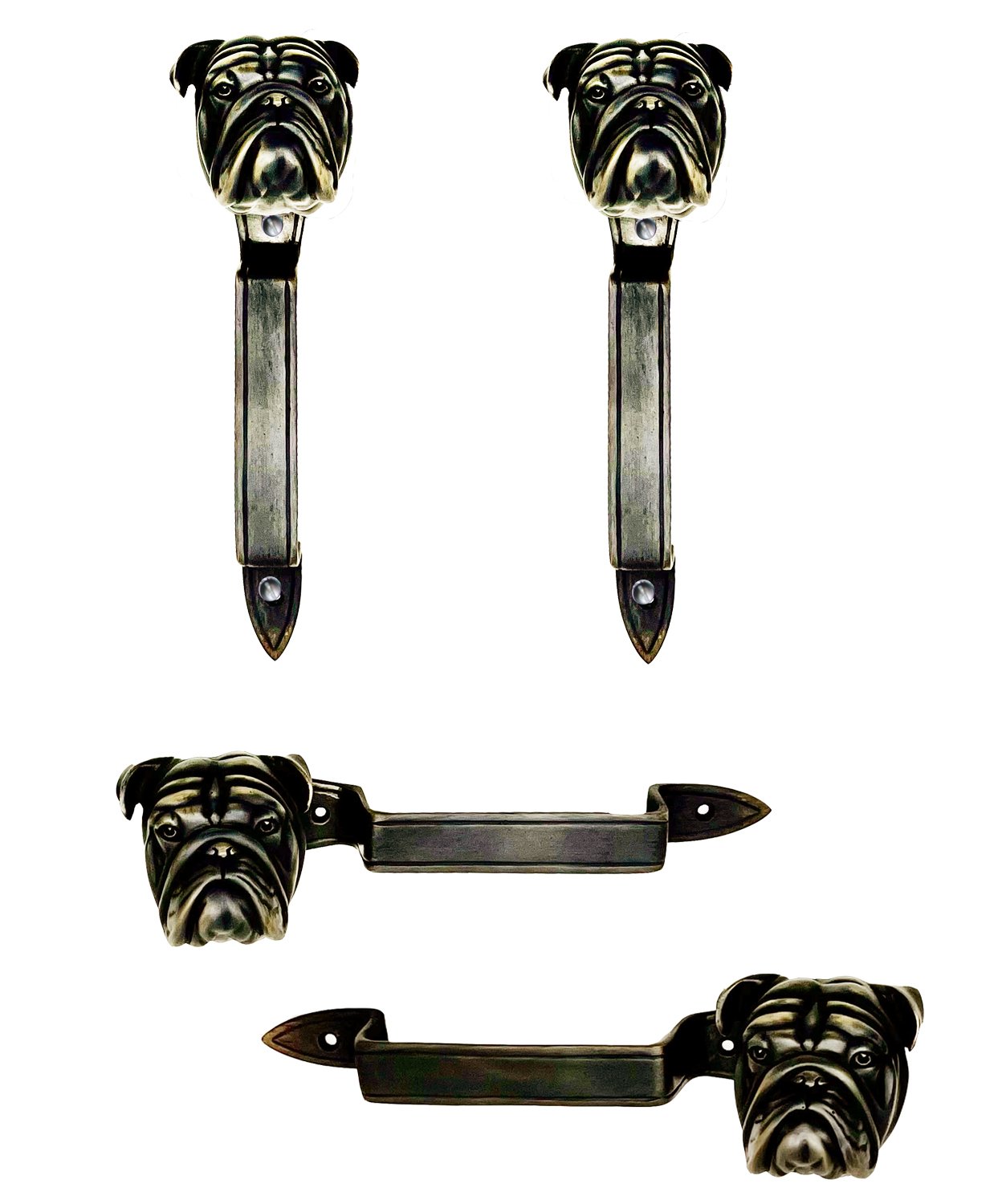The hum of the 2 freeway can just be heard in the distance making this green oasis named Frogtownflora a surprising discovery in the Los Angeles metropolis. On Saturday April 5th my leisurely day was cut short when a friend insisted we visit a flower farm at their open day event in Eagle Rock. The farm is called Frogtown as this is where Kathleen Ferguson first started growing floral plants and experimenting with environmentally appropriate CA native plants. The newly expanded location is where Kathleen grows flowers for her customers, free of herbicides and pesticides and with a focus on water conservation and regenerative farming practices.
Fittingly Frogtownflora has a new member, Anouck Bertin ,who is building a small beehive soon to be populated by a queen and her consorts. While bees can fly 6 miles, hopefully, they will sample the rewards offered by the locally abundant flowers that Kathleen is growing.
As Anouck is developing a new hive from scratch she explained that the new queen bee is one that has been previously mated with as many 20 male drones thus ensuring that the sperm she will be using over her life cycle is genetically diverse. To protect the queen during the introduction to the hive she will be kept in a chamber that is plugged with marshmallow preventing her release into the hive. As the drones eat their way through the marshmallow, they gradually become familiar with the Queen and are less prone to be aggressive to her as she joins the hive population. The drones that mated with the queen are not part of the new colony and indeed die after mating.
The new hive that Anouck is making is comprised of several wooden frames and each one will support the heavy honeycomb that the bees will create from their secreted wax. The frames were separated by top rails that allow a 3/8” bee space between each frame, necessary space if the bees are to work and move freely.
Martin Pierce and I have a fondness for bees which explains the bees inclusion in our cabinet knobs and in our Netsuke collection of rounded animal inspired door knobs.


























































